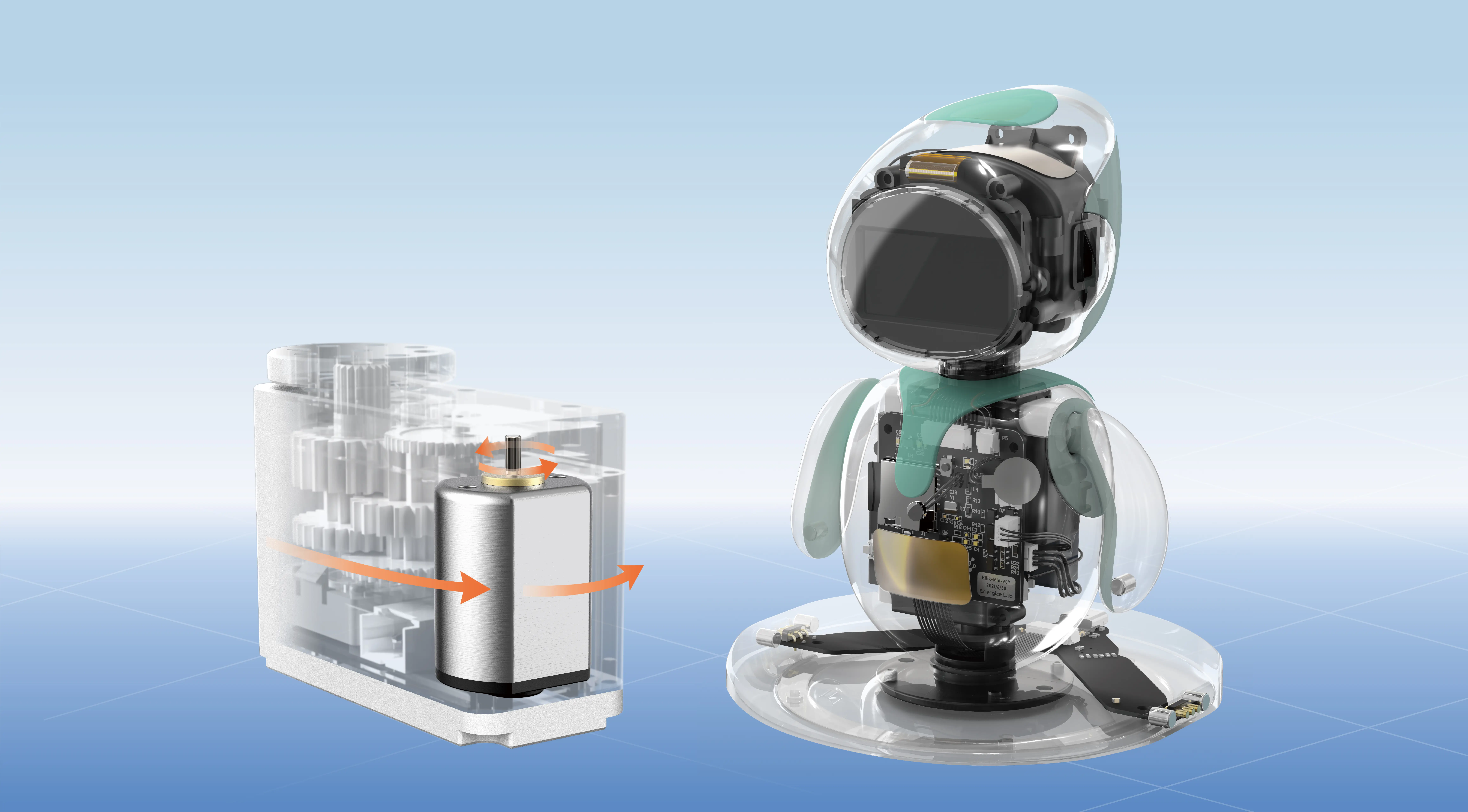Imagine your business is a bustling city. Every building, road, and service has a life cycle that keeps everything running smoothly. That’s exactly what happens in the world of microservices – a complex yet beautifully orchestrated dance of software components that evolve and adapt over time.

Microservices aren’t just small chunks of code; they’re like tiny startups that come to life, handle specific tasks, and then grow, mature, or sometimes fade away. It’s a cycle that starts with development, where each microservice is born out of a need for speed, agility, and scalability. Think of it like planting seeds—you nurture them with code, watch them sprout, and see them evolve into reliable parts of your infrastructure.
As they grow, these microservices need monitoring and maintenance. They’re not static; they’re sensitive to traffic spikes, security threats, and sometimes even internal bugs that sneak in. Imagine a doctor constantly checking a patient’s vitals—same goes for your microservices, ensuring they’re healthy and performing at their peak.
But here’s where it gets intriguing. Microservices don’t just stay the same forever. Some get upgraded, optimized, or replaced. It’s like renovating a house—adding a new wing, removing an outdated feature, or upgrading the plumbing. The process of decommissioning or replacing these services is part of the normal cycle, ensuring your entire system remains resilient and adaptable.
So, how do you manage this whirlwind of activity? That’s where robust orchestration tools come into play—think of them as conductors guiding an orchestra, ensuring harmony amid the chaos. Effective deployment pipelines and continuous integration workflows help streamline updates, minimizing downtime while keeping everything in sync.
Here’s a question: why does the cycle matter? Because understanding it helps you stay ahead. If you know when a microservice is nearing obsolescence or about to reach a breaking point, you can act proactively rather than reactively. That’s the secret to maintaining smooth operations, even as your system scales or faces unforeseen demands.
It’s also worth noting that the lifecycle isn’t just a technical narrative. It’s a strategic one. Companies that embrace this dynamic approach tend to innovate faster, pivot more easily, and handle failures gracefully. A microservice’s life cycle, when managed well, is a story of continuous growth and renewal—keeping your digital city alive, vibrant, and ready for whatever comes next.
Established in 2005, Kpower has been dedicated to a professional compact motion unit manufacturer, headquartered in Dongguan, Guangdong Province, China. Leveraging innovations in modular drive technology, Kpower integrates high-performance motors, precision reducers, and multi-protocol control systems to provide efficient and customized smart drive system solutions. Kpower has delivered professional drive system solutions to over 500 enterprise clients globally with products covering various fields such as Smart Home Systems, Automatic Electronics, Robotics, Precision Agriculture, Drones, and Industrial Automation.




































